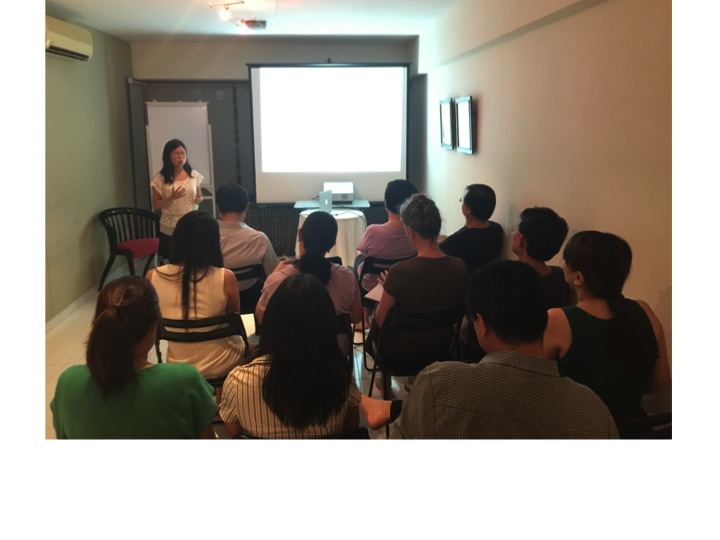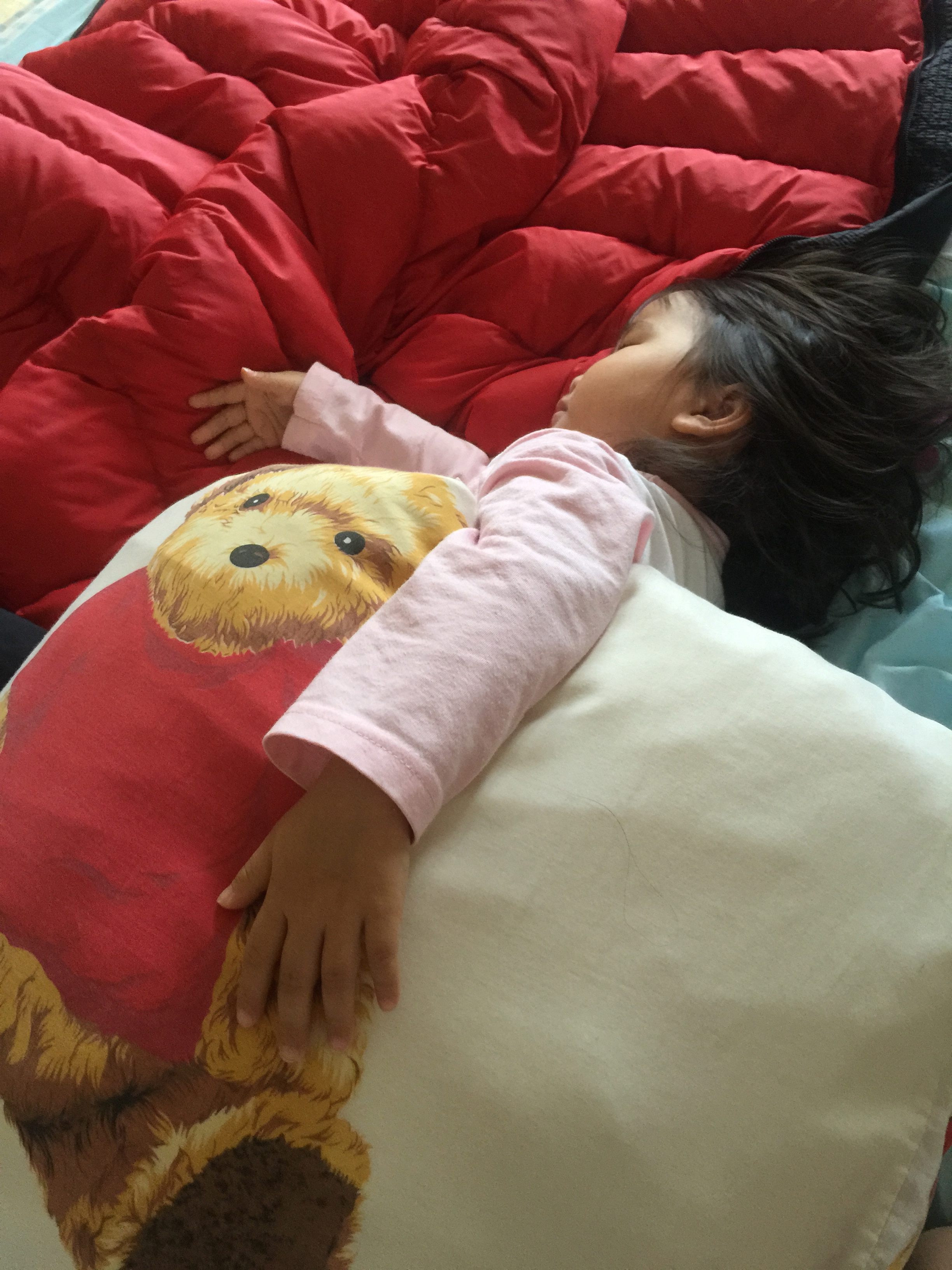What kind of a person will our child grow up to be?
We saw a live Ninjago performance at our recent visit to Legoland Malaysia. The story was about the ninjas rescuing a dragon from the forces of darkness so it will be a dragon of light and do good instead of a dragon of darkness and wreck havoc.
The thing is, it’s the same dragon with the same power. But what it would use its power for will depend on what it has been trained to do.
Was it reared with love, kindness and encouragement? Or was it reared with darkness, hatred and resentment?
Obviously the environment will shape the type of dragon it would become.
It reminds me of the Cherokee story of the fight between the 2 wolves inside us, except in this version, the fight between light and darkness is internal.
You see, inside each and every one of us resides an “evil” wolf and a “good” wolf. The wolf that wins the fight is the one we feed.
If we feed our wolves with anger, envy, sorrow, regret, greed, arrogance, self-pity, guilt, resentment, inferiority, lies, false pride, superiority, and/or ego, the evil wolf will win.
But if we feed our wolves with joy, peace, love, hope, serenity, humility, kindness, benevolence, empathy, generosity, truth, compassion, and faith, the good wolf will win.
While our environment plays a role in shaping who we are, it is we who determine what we allow into our system.
As parents, we not only control the environment which our children grow up in, we also serve as their teachers and guides. Subsequently, when our children grow up, we become the inner voices they hear when they process their thoughts. Are they capable enough? Are they good enough? Are they loving towards others? Are they showing empathy to those who have been mean to them? Are they kind? Are they resilient? What would they do when they encounter difficulties? Their answers to these questions depend on what we teach them and what we say to them.
Recently, A had a difficult time with another child and was repeatedly reduced to tears. I could take the easy way out and reduce interaction between that child and A. I could paint A as a victim and the other child a target for negative labels. But I see a higher purpose in their interaction. I helped A see how she could be a teacher to that child, to help that child learn gentleness and generosity. And at the same time, I felt it would help A build her resilience so she wouldn’t be so easily affected by what others say or do. Amazingly, she agreed to be a teacher. In fact she said, “I can stand up for myself because I am resilient. And I still love XYZ and I will be a teacher to help him be nicer.”
That really warmed my heart bcos she sees herself as a learner (in self-defence) and a teacher (in guiding the other child). When she grows up seeing adversities as opportunities to learn and teach, nothing will fazz her. Her blueprint in dealing with adversities and “difficult” people will be a positive one.
We, as parents, help our children build their blueprints: blueprint in dealing with setbacks, blueprint in dealing with difficult people, blueprint in dealing with abundance, etc etc. Our children carry these blueprints with them unconsciously.
Many people live with negative blueprints without even realising their thoughts were “imprinted” from young. For those of us fortunate enough, we realise the existence of our negative blueprints and do our utmost best to undo them and create a new set of positive blueprints.
Hence it is very important that we remind our children they are capable (even when they make mistakes), that they are good enough based on the knowledge and skills they have at that moment. We show them how to empathise, love and be kind to others. We encourage them to get on their feet when they fall and help them see obstacles and challenges as opportunities for growth and development.
Which wolf our kids will feed subsequently when they grow up really then depends on what we say to them and what we teach them when they are young. Whether they will grow up to be dragons of light or dragons of darkness too will depend on the environment we provide for them.
While it may seem a scary thought with overwhelming responsibility, we can choose to see it in another way.
In order to build an environment of light for our children and be the voice that will feed their “good” wolf, we too will end up feeding our good wolf and become dragons of light. Now wouldn’t that be wonderful?
We may not be able to motivate ourselves to become better, but for the sake of our children, we will be able to do it. That’s why our children are our best teachers.
Happy Parenting!!



